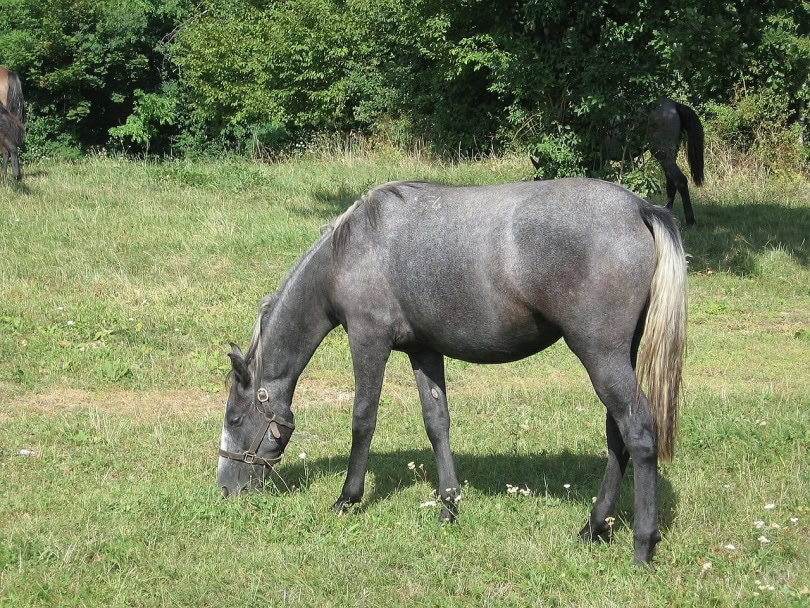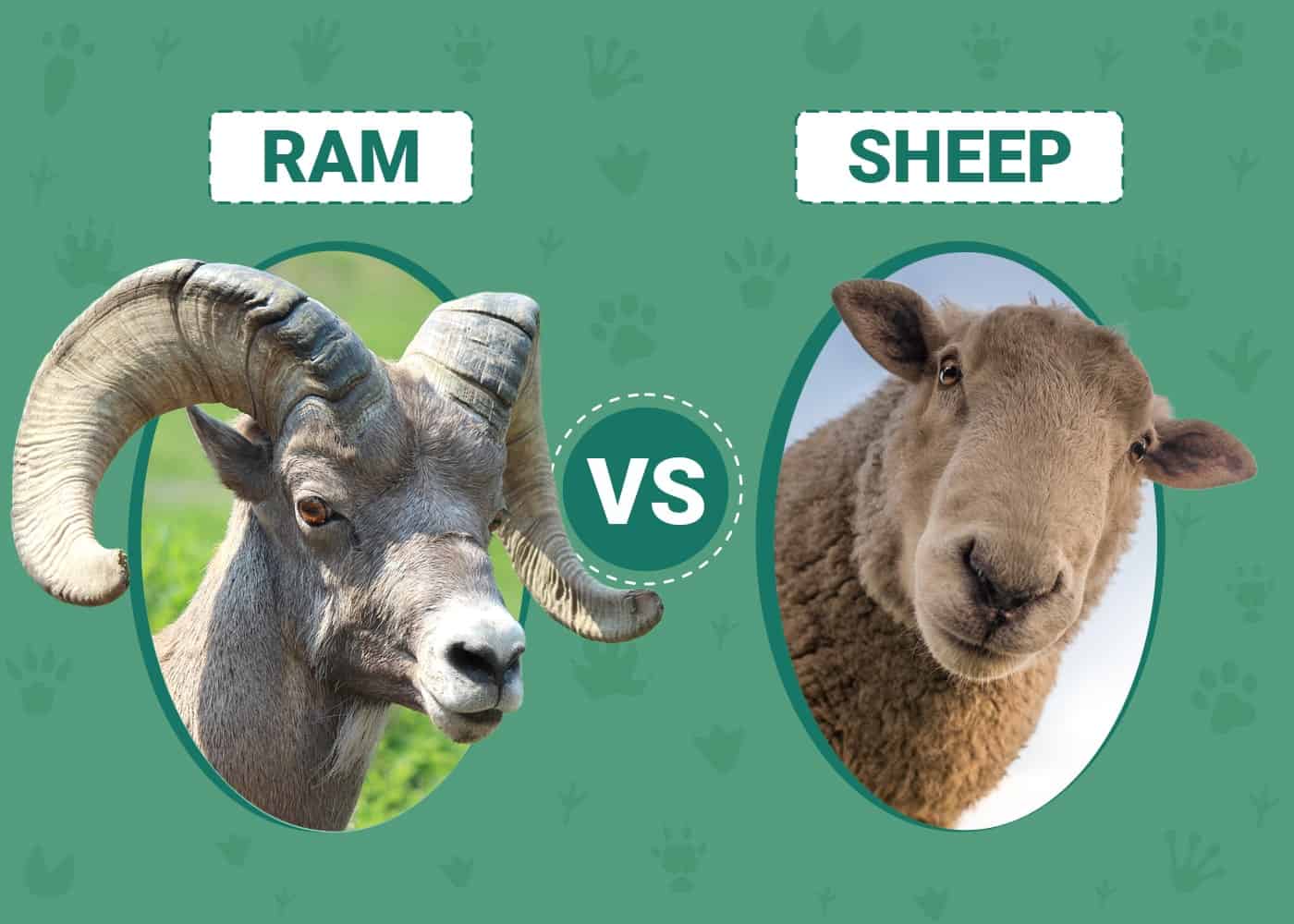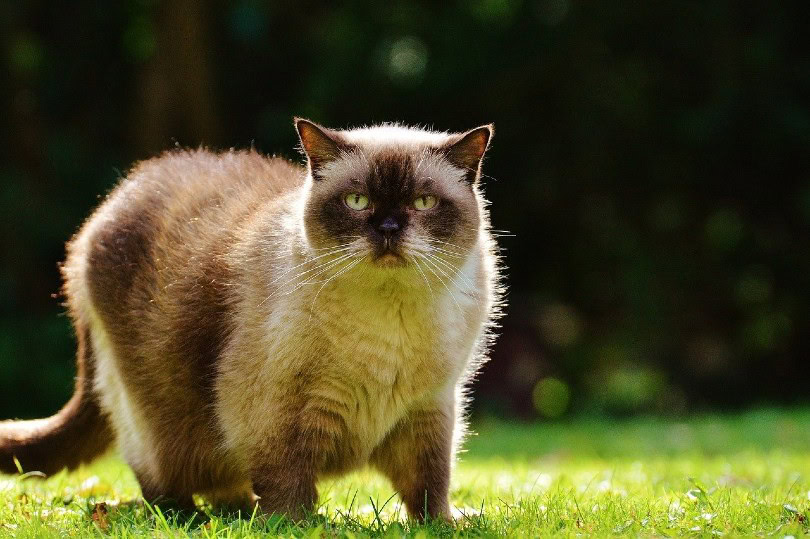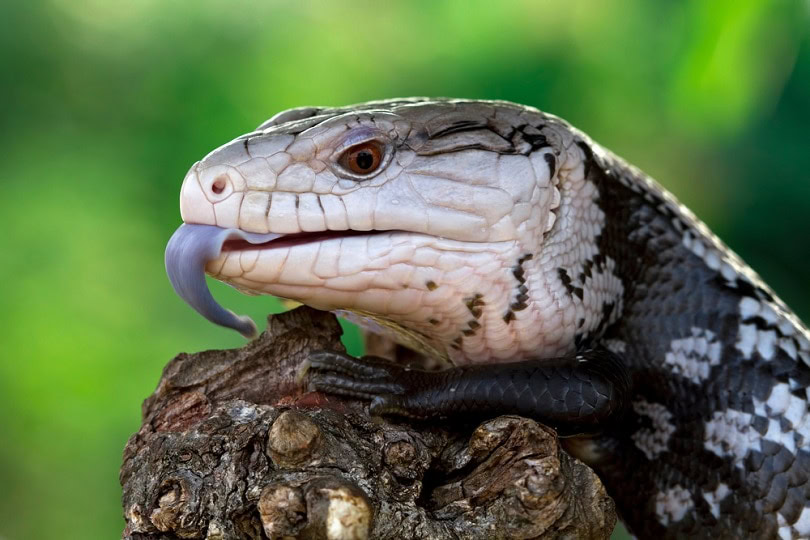Baroque breeds are directly descended from horses that were popular during the Baroque period, such as the destrier, the warhorse of the Middle Ages. Owners praise the breeds for being agile, strong, and easy to train and ride. The horses in this group regularly take home top honors in multiple disciplines.
Here, we discuss eight Baroque horse breeds from this memorable period. Others existed in the past but are no longer around today, while a few crossbreeds join the list because they later become recognized by breed registers.

The 8 Baroque Horse Breeds
1. Andalusian
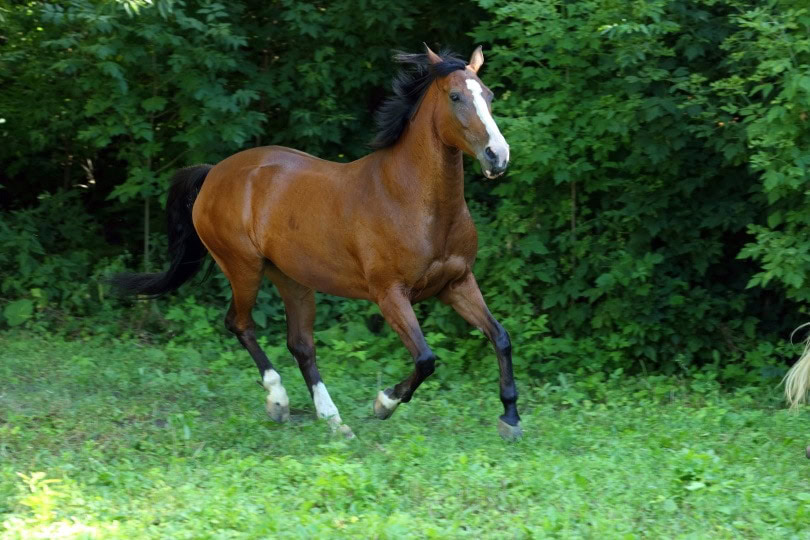
History
The breed comes from Iberian horses and originates from the Andalusia region, which is where it gets its name.
Appearance
The Andalusian is a distinctive-looking breed with a long, flowing, dark mane. It moves gracefully, and everything about this Baroque breed grabs attention. It is a compact horse, and while it is most likely to be gray or bay, it does come in a host of different colors and markings.
Uses
While popular for dressage, the Andalusian is also found on the trails being driven and is regularly used for classes and riding lessons.
Health and Care
The Andalusian does require a lot of grooming, thanks to its mane and thick tail, and it’s prone to small intestine issues, some metabolic issues, and laminitis.
2. Frederiksborger
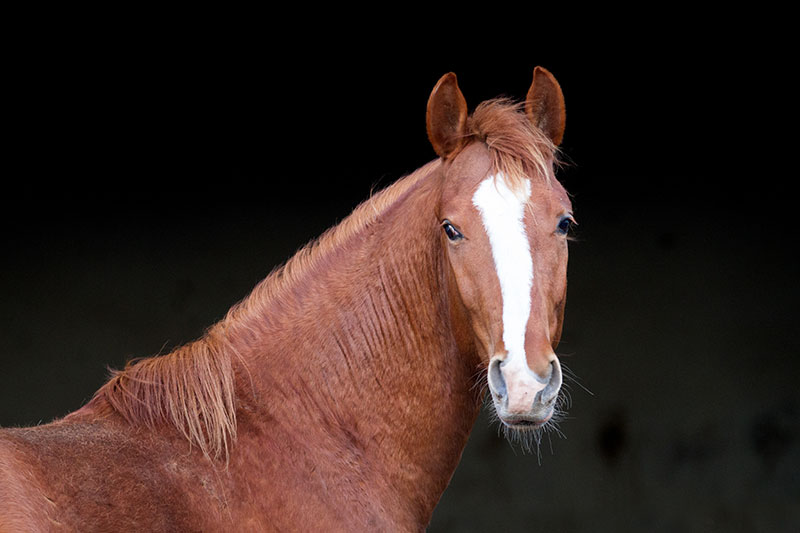
History
The Frederiksborger, or simply Frederiksborg, is Denmark’s oldest horse breed. It was considered a luxury item throughout the Baroque period, and the breed retains a degree of rarity to this day, making it costly.
Appearance
This strong horse usually stands between 15 and 16 hands high, with a muscular neck, wide muzzle, and broad withers. The breed is most commonly seen in a chestnut color with some white markings, though you will also find gray, palomino, buckskin, and bay.
Uses
The Frederiksborger is a good horse for novices and first-time riders. It is also used for competitive equestrian sports, showjumping, and dressage. Its rarity, however, means that is not often seen in events.
Health and Care
Limited stock means that the breed is prone to genetic conditions.
3. Friesian
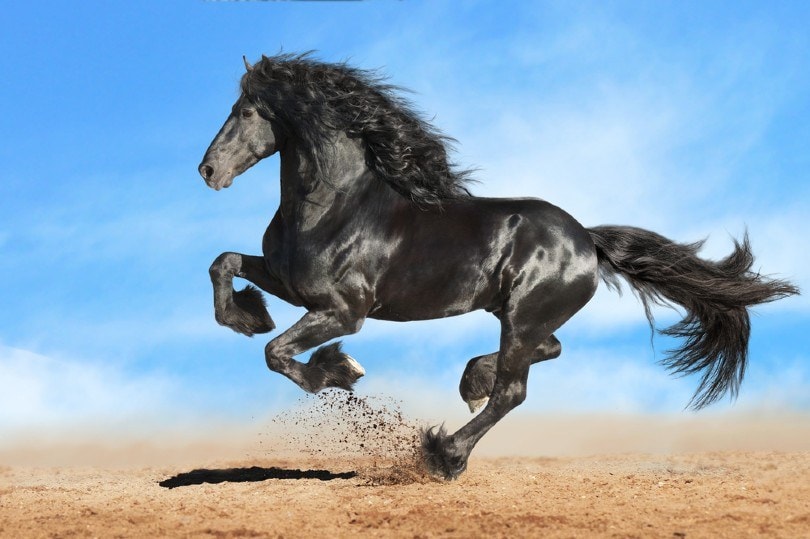
History
The Friesian horse originates from the Friesland region of the Netherlands. It was bred as a draft horse and heavily used as a destrier during the Middle Ages. Although the breed fell out of favor and was close to extinction on more than one occasion, it has grown in popularity once again, and certain groups and breeders are taking steps to ensure its ongoing existence.
Appearance
The most distinctive physical characteristic of the breed is its large, muscular frame. It usually stands between 14 and 17 hands high, but those above 15.2 hands are considered the best stock. It has a Spanish-style head, which means short ears, and although its body is compact, it’s full of muscle.
Uses
Traditionally, the breed was popular as a destrier because it was large and strong enough to carry a knight in full armor. Today, it is especially popular for its skill in dressage and driving.
Health and Care
Although it’s considered a strong and healthy breed, the Friesian is prone to dwarfism, hydrocephalus, and megaesophagus, among other health conditions associated with interbreeding.
4. Kladruber
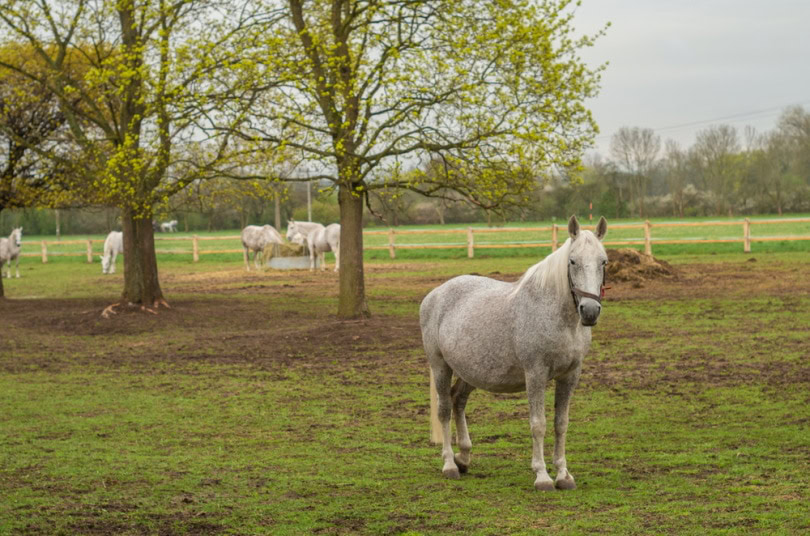
History
The Kladruber is a Czech horse and is considered one of the world’s oldest breeds. It’s nearly 400 years old and is rare, having been bred primarily for the Czech royal family in the past.
Appearance
The Kladruber is a big breed, measuring between 16 and 17 hands high and only available in black or gray. This horse should not have any markings and should be entirely black or entirely gray only. It has a deep chest, strong legs, and large hooves. The mane and tail are thick and flowing.
Uses
The breed is rare, and several disasters have struck its stock in the past. However, some efforts have been made to resurrect it, and it’s popular for official purposes and for driving.
Health and Care
It is generally considered a healthy breed.
5. Lipizzan
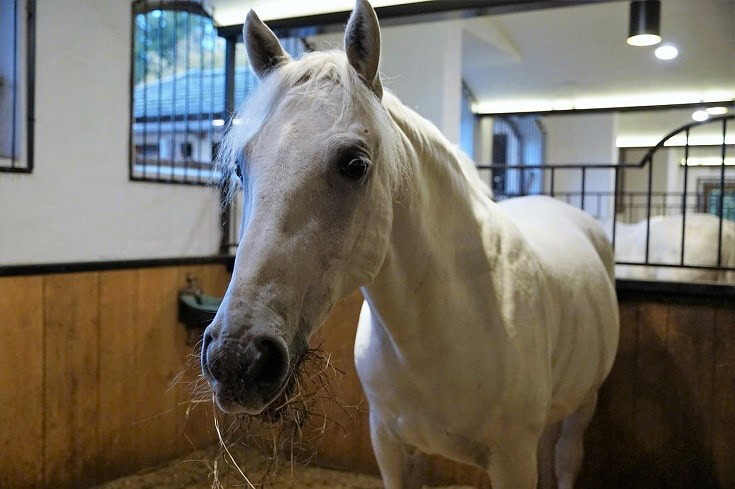
History
The Lipizzan was bred in the 16th century in Austria when the Habsburgs took the Andalusian horse of Spain to Austria and founded a stud in Kladruby. Over time, Barb and Spanish stock were bred into the horse. The result is one of the most famous and highly revered breeds today.
Appearance
While this breed is born black, brown, or black-brown, its coat lightens until it has the gray color that the breed is known for. It has a sturdy body and a proud head, large eyes, and small ears. It is a strong horse with muscular hindquarters and good tendons and joints.
Uses
The Lipizzan horse was bred for its ability to tackle the airs above the ground, and the breed is still well known for its ability in dressage and dressage-style skills. It is also the breed that is used in the world-renowned Spanish Riding School.
Health and Care
The light coat of the breed means that it is prone to melanomas. Otherwise, the breed is considered healthy and hardy.
6. Lusitano
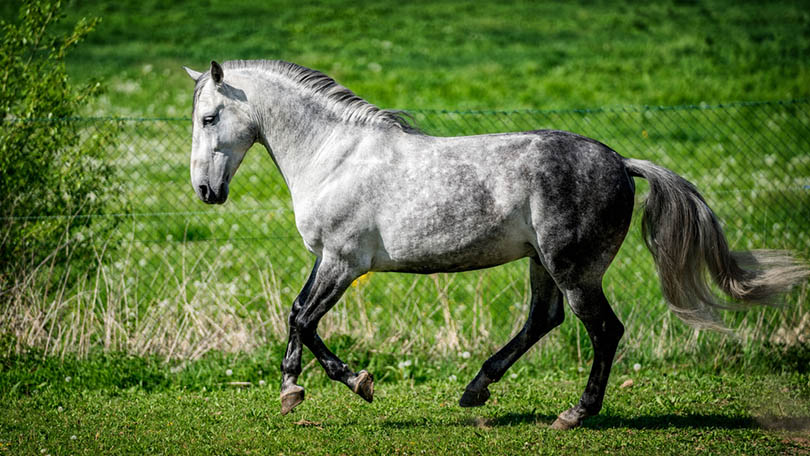
History
The Lusitano is a Portuguese breed closely related to the Andalusian. Both are referred to as Iberian horses because they developed on the Iberian Peninsula. They were used as war horses for hundreds of years, and it is contested that the Lusitano is the oldest saddle breed in the world.
Appearance
The horse stands just over 15 hands high, though it is possible to find ones that are a hand taller than this. It is usually bay, chestnut, or gray, though it can be any solid color. The breed is often described as having a noble appearance with a well-proportioned head and body.
Uses
They were originally bred for use in war, bullfighting, and dressage, and the breed is still used for dressage and bullfighting. It has appeared in several Olympic Games in the dressage discipline.
Health and Care
Most Lusitanos are gray, and the light color means that the breed is prone to melanomas. Owners should look for bumps around the muzzle and tail where the hair is thinnest.
7. Menorquin
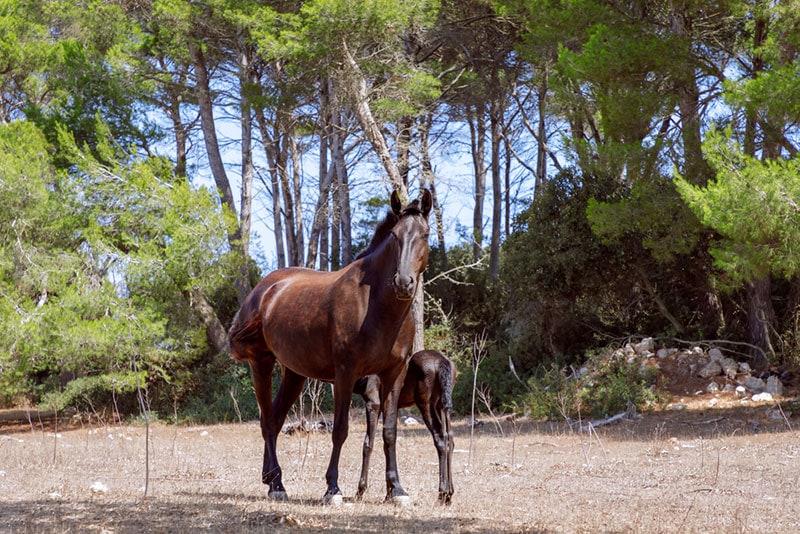
History
The Menorquin comes from the island of Menorca, which is where the breed gets its name. It is considered an endangered species, and it is believed that only several thousand examples of the horse exist today.
Appearance
The breed must be black and all black to be considered a Menorquin. It is an agile but slender horse, having never been employed for agricultural work. The average height is 15.3 hands and it has long limbs and lively eyes.
Uses
The breed is slender and energetic, and it can be used for most disciplines of riding, competing, and driving. However, it is most commonly used in doma menorquina, which is a style of riding specific to the island of Menorca.
Health and Care
The Menorquin is a healthy breed with no known illnesses or common complaints.
8. Murgese
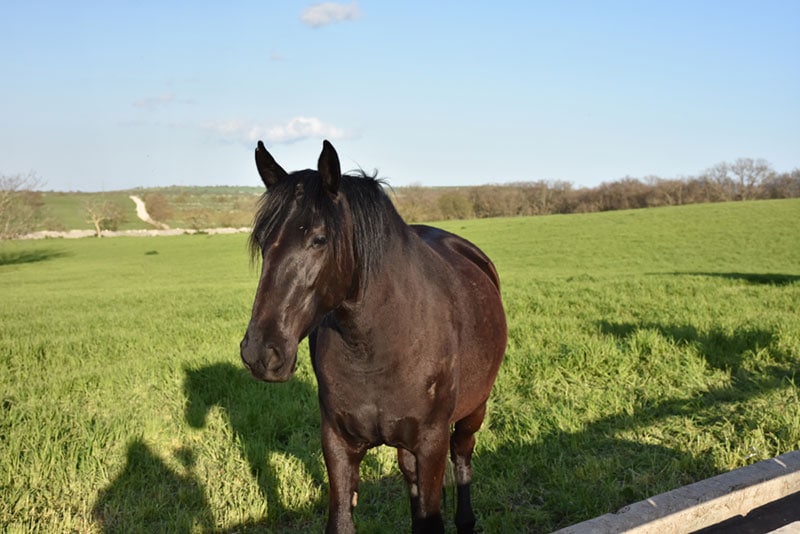
History
The Murgese is an Italian breed that was created by crossing the Barb with the Arabian bloodline. They are semi-wild horses, and they retain this almost feral nature today, being used primarily for cross-country riding, though they were once popular with the Italian cavalry and have been used for draft work.
Appearance
The horse stands between 14 and 16 hands high, making it one of the smaller breeds on this list. It is black or a dark roan color and has a light head with a prominent jaw. It has small ears, strong legs, and strong feet.
Uses
The Murgese is most commonly used for cross-country riding, at which it truly excels. Although the breed is quite rare, it has gained in popularity and is seeing increasing use for riding lessons and other purposes.
Health and Care
The breed is considered a healthy and hardy breed with few known health problems.
Summary
Baroque breeds tend to be agile and strong, having historically been used as war horses and for other physical purposes. These are eight breeds that still exist today, including the popular Andalusian and Friesian, along with the renowned Lipizzan.
- See Also: Medieval War Horse Breeds
Featured Image Credit: PeterT, Pixabay
